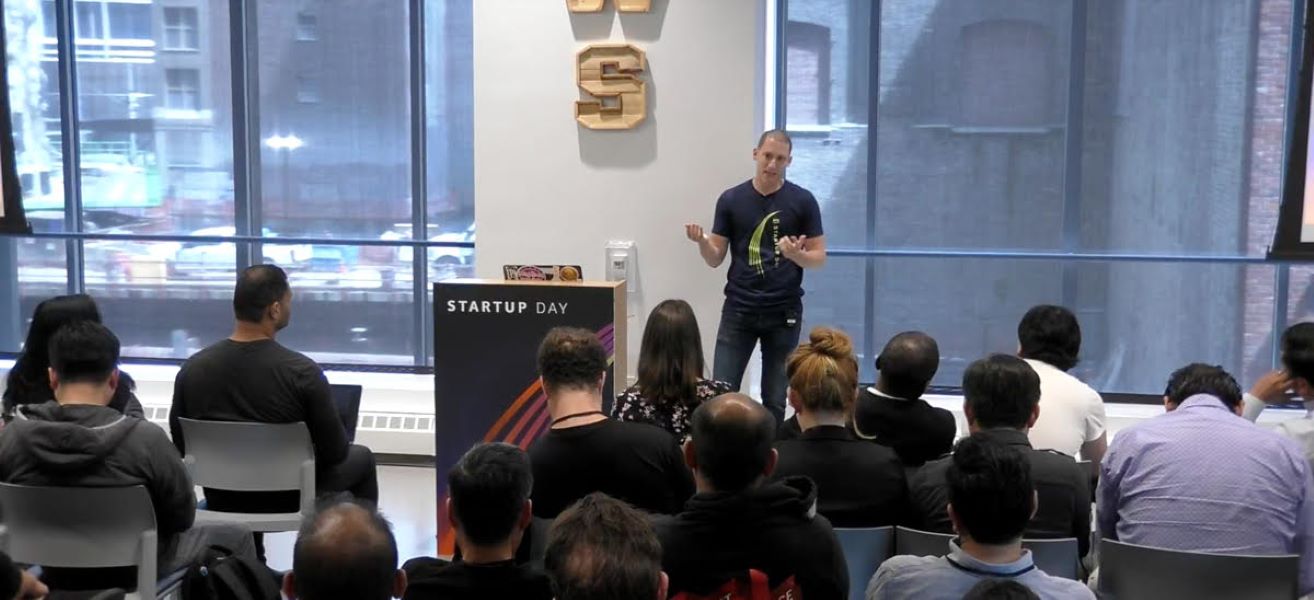
Raising money? Mike Wilner, co-author of Oversubscribed: A Founder’s Guide to Seed Fundraising and member of the startup business development team at AWS, shares his playbook for efficient fundraising.
Join Founders Network to learn how to generate FOMO and close deals quickly, including:
- Establishing Ground Rules
- Drafting a Composition
- Crafting Your Narrative
- Building an Initial Funnel
- Initiating Fundraising Mode
- Pitching and Closing
Raising money is one of the most important functions of a founder. But it’s often time-consuming — and doesn’t always yield results.
There are ways to minimize the sunk cost and increase your chances of success in fundraising, and Mike Wilner wrote the book on it. Wilner, member of the startup business development team at Amazon’s AWS and co-author of Oversubscribed: A Founder’s Guide to Seed Fundraising, breaks down the rules of efficient fundraising in a Founders Network workshop. Sign up here.
“The truth is that people who have been around the block a couple of times can raise seed rounds in about a month. What does it actually look like under the hood when that happens?” - @mwil20 Share on X“It’s important to me personally that founders have an understanding of what fundraising looks like at the highest level,” he says. “The truth is that people who have been around the block a couple of times can raise seed rounds in about a month, or even as quickly as two weeks. So what does it actually look like under the hood when that happens?”
When fundraising is run well, deals can happen quickly. And the key is to generate competition and a sense of FOMO among participating investors, says Wilner. Conceptualize your fundraising goal not in dollar terms, but in terms of allocating available spots in your round.
“As soon as you go from ‘I’ve got to raise $2 million’ to ‘I’ve got one spot available for this type of VC, two spots available for that type of VC, or this type of angel investor’, all of a sudden you have scarcity,” he adds.
Planning and Closing Round
A few simple steps can help guide the process along, from planning to — if all goes well — closing your round. Remember that time kills all deals, so set some ground rules first.
- For instance, fundraise in parallel, rather than as a sequence, and establish an optimal ratio for generating scarcity. Wilner recommends having three investors in final diligence for every one fundraising spot available.
- From there, draft up the composition of your round. Be sure the differences between venture capitalists, seed investors, and angels — what their goals and motivations are — before making contact.
- Then hone your narrative, prioritizing clarity, brevity, a compelling vision and the ability of your team to execute. And when the time comes to make your pitch, don’t be afraid to discuss the potential pitfalls your startup is facing — and what you need to minimize them.
“Tell the investor what the biggest risks are, because if you don’t do that, investors are going to come to their own conclusions,” Wilner says. “That’s where a lot of first-time founders, my former self included, fail — they try to defend everything, and make everything bulletproof.”
When building out your funnel, work backwards from the ultimate goal of having three investors in final due diligence for every spot. For a typical $2 million round, it’s reasonable to target 20 investors total in your initial funnel — and naturally, get to know their individual interests, roles and areas of focus. Invest time in building relationships with potential prospects: Genuinely seeking advice, and reciprocating by showing the positive results of that advice, is one of the best ways to build warm relationships with a potential investor base.
“It’s really a reframing thing: Rather than an asking-for-money practice, reframe it as a recruiting exercise.” - @mwil20 Share on X“It’s really a reframing thing: Rather than an asking-for-money practice, reframe it as a recruiting exercise,” Wilner adds.
Once fully prepared to start the fundraising process, founders can begin stacking meetings and filling the funnel with prospects. Ideally, close one investor before diving full bore into fundraising mode — decks, financial models and equity in hand.
Although no amount of careful engineering can guarantee fundraising success –after all, that depends on a great number of external factors — optimizing for efficiency in mind can help founders minimize self-doubt and save time.
“It’s more about having more confidence about the fundraise process,” Wilner says. “You may be thinking about fundraising, and you can make it less of this nebulous thing that you’re dreading if you know precisely what goes into it.”






